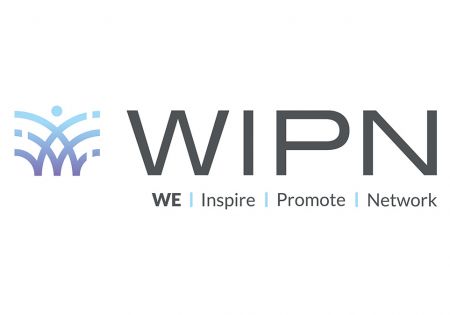To Auto-Enroll or Not to Auto-Enroll
Speaking candidly for the “Trials and Tribulations of Auto-Enrollment” webcast sponsored by the American Society of Pension Professionals and Actuaries (ASPPA), McKinney admitted that automatic enrollment does present some administrative burdens to defined contribution (DC) plan sponsors. However, the best argument for implementing auto-enrollment is that it works, he said, noting that studies have shown it increases plan participation and opt-out rates for participants automatically enrolled are low.
Plan sponsors who have implemented auto-enrollment in their DC plans say they did so to help employees save, to help their plan pass discrimination testing and because they feel it is the socially responsible thing to do, according to McKinney. Plan sponsors’ arguments against implementing auto-enrollment include that employees will not like having money taken from their pay, sponsors are happy with the status quo for their plan, or they do not know enough about it.
So, what do DC plan sponsors need to know when deciding whether to auto enroll?
There are three types of contribution arrangements.
- The automatic contribution arrangement (ACA) is the basic deferral agreement which requires participant direction. Plan sponsors must follow the qualified default investment alternative (QDIA) rules, and the ACA can be added any time during the plan year.
- The eligible automatic contribution arrangement (EACA) is the most common automatic enrollment plan design. It allows for “do-over” withdrawal within 90 days for participants who decide they do not want to be enrolled, and it allows for a three and one-half month extension for distributions of excess contributions and excess aggregate contributions. Plan sponsors must follow QDIA rules, and the EACA can be added to the plan any time during the plan year.
- The qualified automatic contribution arrangement (QACA) is the statutory safe harbor automatic enrollment plan design. It offers an exemption to average deferral percentage (ADP) and average contribution percentage (ACP) discrimination testing. The minimum default deferral is 3% and maximum is 10%; it calls for automatic escalation up to 6%. A QDIA is not required to be used, but is recommended. An employer contribution is required, but plan sponsors can implement a two-year cliff vesting schedule. The QACA feature must be added for full plan year; for example, plan sponsors cannot decide to auto-enroll during the fall open enrollment period with a QACA.
McKinney noted that if a sponsor has testing issues with its plan, an EACA will not solve it. However, if the plan sponsor has cost issues, no employer contribution is required with an EACA, or if the sponsor does make an employer contribution, it can use a vesting schedule to allow for forfeitures to reduce contributions.
There are several administrative issues plan sponsors should consider when deciding to implement auto-enrollment:
- When to auto-enroll – Plan sponsors should consider plan eligibility requirements; if the plan offers immediate eligibility, employee turnover could mean the plan will carry more small balance participants, increasing administrative costs. On the other hand, a later eligibility could mean more participants will notice their decrease in pay and may not roll with it. This could mean more 90-day “do-over” distributions.
- Whether to use auto-escalation – Escalating participant deferrals all at the same time may be easier, but could mean some are escalating soon after starting. Escalating participant deferrals on the participant’s one-year anniversary in the plan may make more sense, but require more administration.
- Notice requirements – Plan sponsors must send participants a notice of auto-enrollment 30 to 90 days prior to the first deferral and annually. The penalty for notice failure can be up to $1,100 a day by the Department of Labor (DOL). McKinney said this is one of the biggest issues with implementing auto-enrollment, but sponsors should ask what plan providers do to help.
Plan sponsors should also consider the current Employee Plans Compliance Resolution System (EPCRS) correction if an employee is left out of the auto-enrollment process, according to McKinney. It requires a qualified non-elective contribution (QNEC) by the employer of 50% of the deferral amount that should have gone into the plan during the time the participant was excluded, a QNEC of 100% of the match to the deferral amount that was supposed to come out of pay, and earnings on the contribution amounts for the time they were not invested.
McKinney noted that ASPPA has sent a comment letter asking the Internal Revenue Service (IRS) not to require QNECs for missed deferrals (see “Groups Recommend Correction for Auto-Enrollment Failures”).
You Might Also Like:
Itzoe Launches Getre(k)ruited.com Industry Networking Platform
